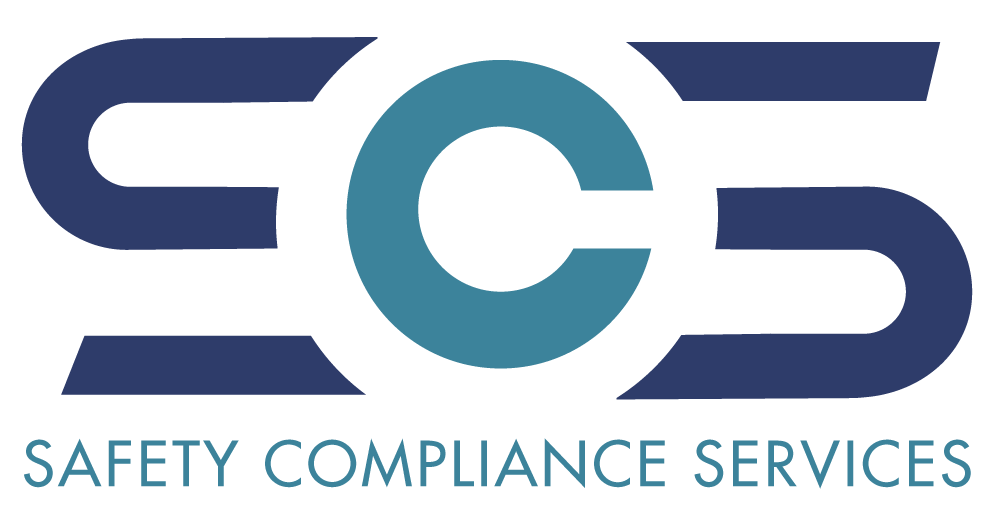
Training Your Event Staff to Tackle Any Safety Challenge and Why Compliance Is Important
Did you happen to watch that documentary on Woodstock 99? Or maybe you went to a recent live event where you thought safety was an issue. Whatever the case may be, millions of people around the world experience live events every day, ensuring the safety of event staff and attendees has become an essential aspect of event management. From small corporate gatherings to massive public festivals, the well-being of everyone involved is paramount. Training your event staff to confront various safety challenges not only mitigates risks but also fosters a professional and secure environment. Compliance with established safety standards is a critical component of this training, providing a structured, reliable framework for achieving safety excellence. Simply but profoundly put, SCS is here to help train your live event staff to tackle any safety challenge.
Understanding the Complexities of Event Safety
Event safety encompasses several aspects, from crowd management and emergency preparedness to fire safety and health considerations. Each event presents unique challenges that require specific safety measures. Therefore, comprehensive safety training for event staff is crucial to address these multifaceted concerns effectively.
Key Areas of Focus in Live Event Safety Training
- Crowd Management: Effective crowd control prevents accidents and ensures smooth operations. Training staff on managing large groups, directing movements, and mitigating panic during emergencies is essential.
- Emergency Response: Events must be prepared for various emergencies, including fires, medical incidents, and security threats. Staff should be trained to respond promptly and effectively, ensuring swift action to protect attendees.
- Health and Sanitation: Maintaining hygiene standards, especially in food and beverage handling, is vital. Training should cover sanitation protocols to prevent health hazards.
- Fire Safety: Properly training staff on fire safety procedures, including operating extinguishers and understanding evacuation routes, can mean the difference between a controlled situation and chaos.
- Communication: Clear and efficient communication among staff is critical. Training should emphasize the importance of using radios, signs, and other tools to coordinate actions seamlessly.
The Role of Compliance in Event Safety
Adhering to established safety standards, such as those stipulated by ANSI/ASSP Z490.1-2016, ensures that safety training programs meet quality and effectiveness benchmarks. Compliance with these standards provides a structured approach to safety, helping organizations eliminate common pitfalls.
Benefits of Compliance
- Reliability: Standards ensure that training programs are tried, tested, and reliable.
- Consistency: Consistent training across events leads to a uniform safety culture.
- Legal Protection: Compliance reduces the risk of legal liabilities by adhering to industry standards.
- Continuous Improvement: Regular audits and updates to training programs ensure continuous improvement and adaptation to emerging risks.
ANSI/ASSP Z490.1-2016 and Z490.2-2019: What They Cover
These standards emphasize various critical components of safety training, including:
- Program Development: Guidelines for creating comprehensive and relevant training programs.
- Delivery: Methods for effectively delivering training content, ensuring engagement and retention.
- Evaluation: Procedures for assessing the effectiveness of training programs, facilitating continuous improvement.
- Documentation: The importance of maintaining detailed records of training activities, outcomes, and revisions.
Implementing Effective Live Event Safety Training Programs
Custom E-Learning Solutions
Leveraging e-learning platforms for safety training provides flexibility and accessibility. Safety Compliance Services LLC offers custom e-learning modules that align with ANSI/ASSP standards, ensuring high-quality training. These mobile-friendly, bite-sized courses empower your staff to learn at their own pace, enhancing knowledge retention and engagement.
Instructor-Led Training
For more hands-on training, instructor-led programs can be invaluable. These sessions, available in-person or virtually, provide interactive learning experiences, allowing staff to ask questions, participate in simulations, and benefit from the expertise of seasoned professionals.
Tailored Action Plans
Collaborating with Safety Compliance Services LLC to develop tailored action plans ensures that training programs are specifically designed to meet the unique needs of your events. These plans integrate policies and procedures that address your operational and regulatory requirements.
Incentive Programs
Integrating incentives into training programs can enhance participation and reinforce positive behaviors. The Employee Training Incentive Program, developed in partnership with K2 Ultimate Incentives, combines digital learning with customized rewards. This approach drives engagement and fosters a long-term culture of safety.
Conclusion
Training your event staff to tackle any safety challenge is a crucial investment in the success of your events. Ensuring compliance with established safety standards not only enhances the effectiveness of your training programs but also provides a reliable framework for maintaining a safe and secure environment. By prioritizing comprehensive safety training and adherence to standards, you can safeguard the well-being of your staff and attendees, ultimately ensuring the smooth and successful execution of your events.
